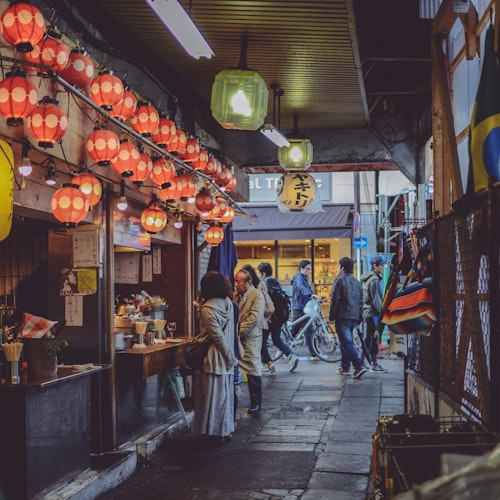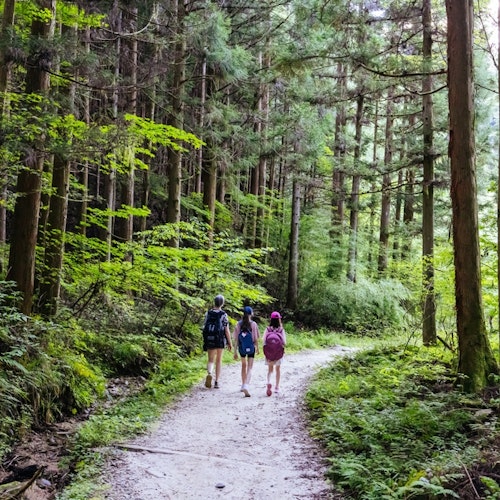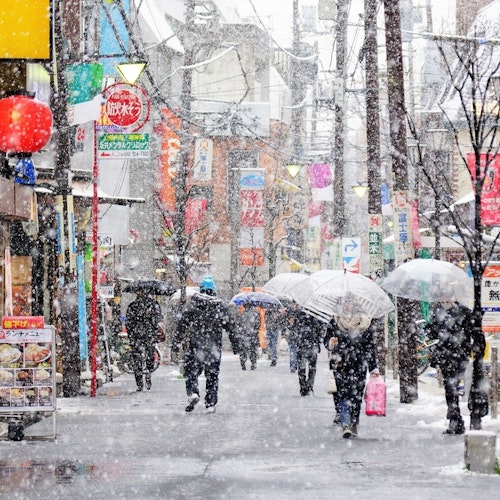
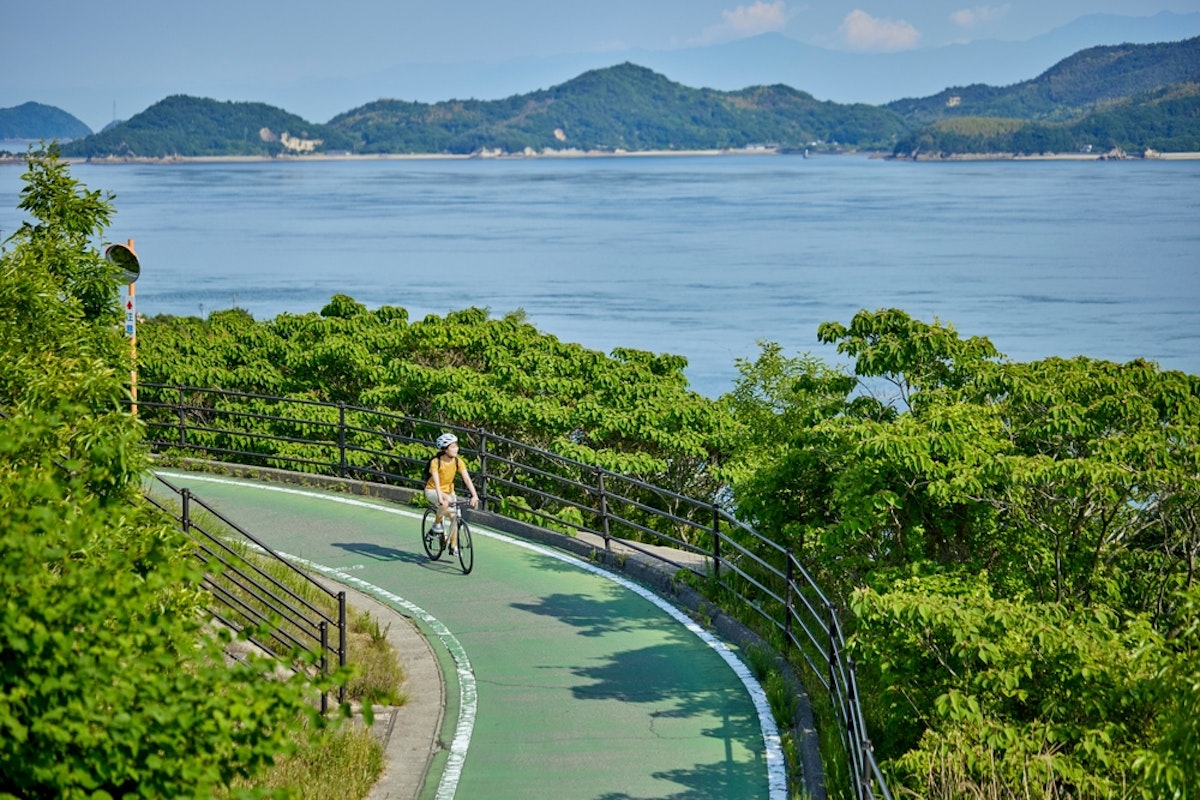
The Shimanami Kaido, officially known as the Nishiseto Expressway, is a toll road that includes dedicated cycling paths alongside six magnificent bridges. The route connects Onomichi in Hiroshima Prefecture to Imabari in Ehime Prefecture, passing through six small islands: Mukaishima, Innoshima, Ikuchijima, Omishima, Hakatajima, and Oshima.
What makes this route special is its dedicated cycling infrastructure. Unlike many highways, the Shimanami Kaido features separate bike lanes and rental systems specifically designed for cyclists, earning it recognition as one of the world's premier cycling destinations. The cycling paths are marked with distinctive blue lines and feature regular distance markers, rest areas, and emergency call boxes every few kilometers.
Each bridge presents its own architectural marvel, from the cable-stayed Tatara Bridge with its 890-meter main span to the suspension bridges offering panoramic views of the Seto Inland Sea. The dedicated cycling infrastructure includes separate entrances and exits from vehicular traffic, ensuring a safe and enjoyable experience while maintaining the route's accessibility for cyclists of varying skill levels.
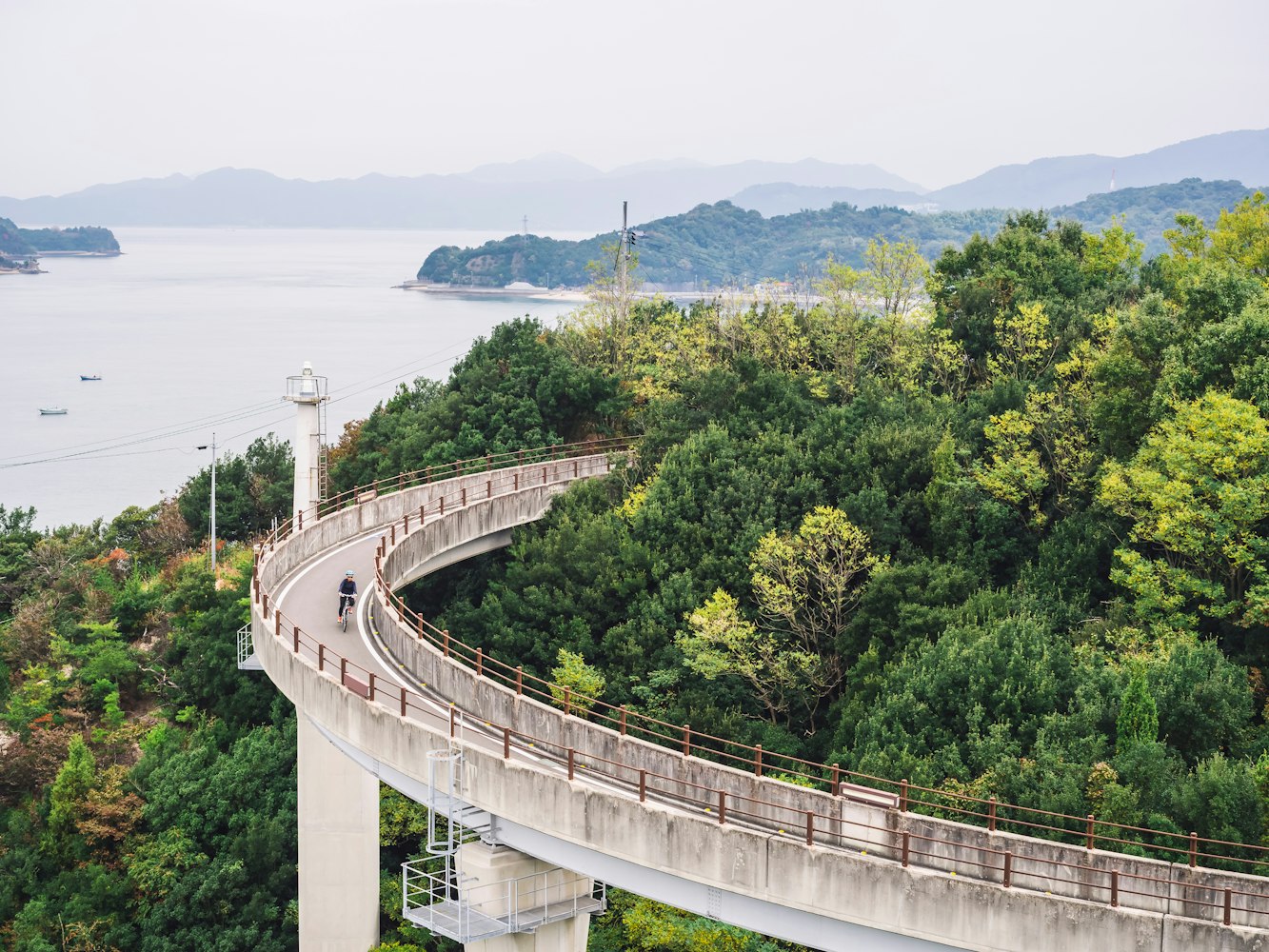
The optimal cycling seasons are spring (March to May) and autumn (September to November). During these periods, you'll enjoy mild temperatures, clear skies, and stunning seasonal scenery. Spring brings cherry blossoms, while autumn offers vibrant foliage.
Summer can be hot and humid, though early morning starts make it manageable. Winter cycling is possible, but it requires appropriate clothing for the cooler temperatures. Weather conditions can change quickly on the water, so always check forecasts before departing.
The complete 70-kilometer route typically takes 4-8 hours, depending on your fitness level, stops, and chosen pace. However, you don't need to complete the entire route. Popular shorter options include:
Onomichi to Innoshima: 25 kilometers (2-3 hours)
Onomichi to Ikuchijima: 40 kilometers (3-4 hours)
One-way to any island with return ferry: Flexible distance
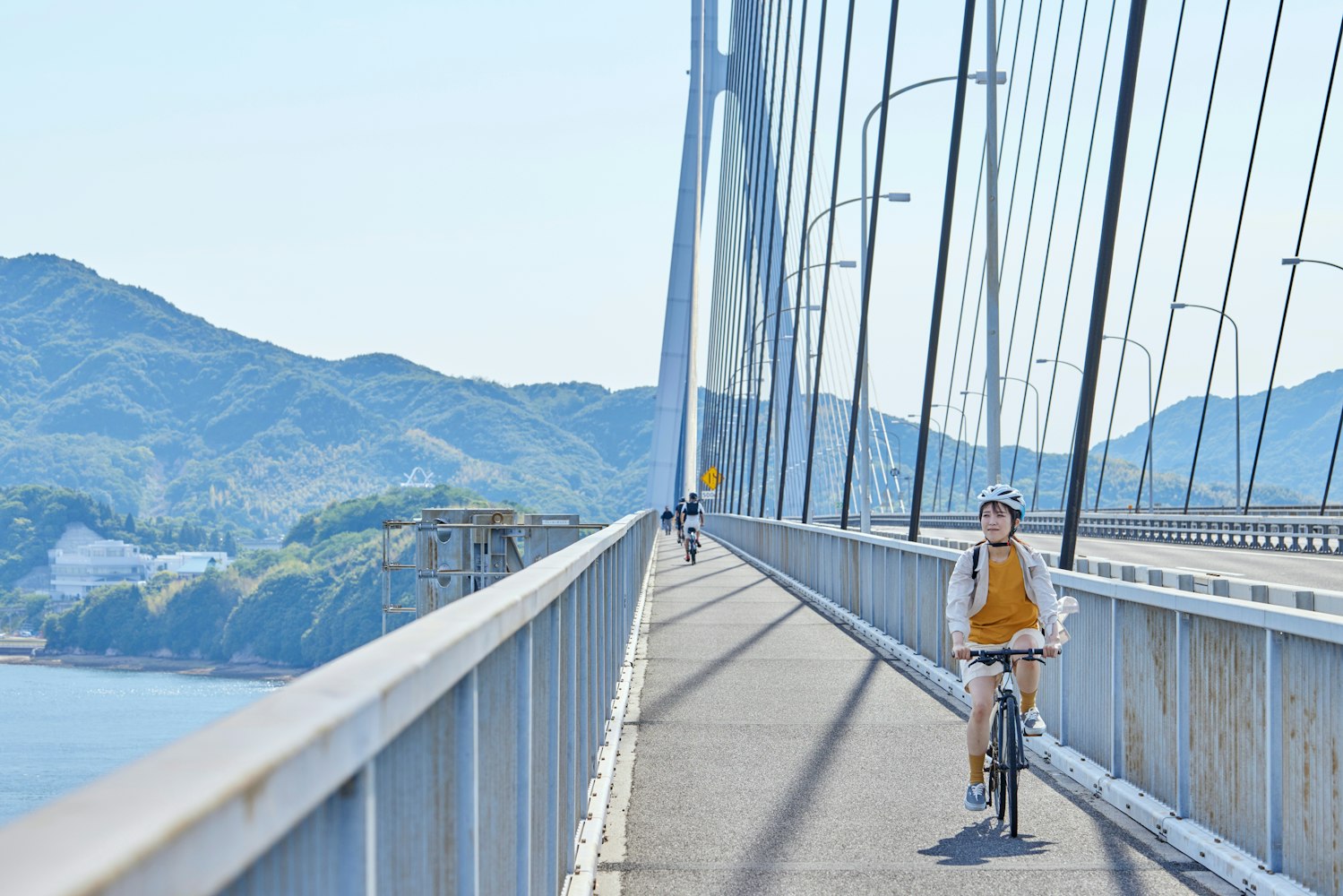
Most cyclists start from Onomichi because it offers better rental bike availability and easier access from major cities like Hiroshima and Osaka. Starting from Onomichi also provides a gentler introduction with the iconic Onomichi cityscape as your backdrop. The Onomichi approach features more gradual introductory terrain and better signage in multiple languages, making navigation easier for international visitors.
Starting from Imabari works well if you're coming from southern Japan, but rental options may be more limited. The Imabari starting point offers the advantage of tackling the most challenging bridge (Kurushima Kaikyo) early in your journey when energy levels are highest. However, prevailing winds typically favor the Onomichi-to-Imabari direction, providing a slight tailwind advantage for the majority of the route.
Bike rental stations operate at both terminals and on each island. The main rental hubs are:
Onomichi: Multiple locations near the station and ferry terminal
Imabari: Sunrise Itoyama and main terminal
Island stations: Available on each of the six islands
Rental fees typically range from 1,000-2,000 yen per day for standard bikes, with electric-assist bikes costing 1,500-3,000 yen. You can drop off rental bikes at any official station, making one-way trips convenient.
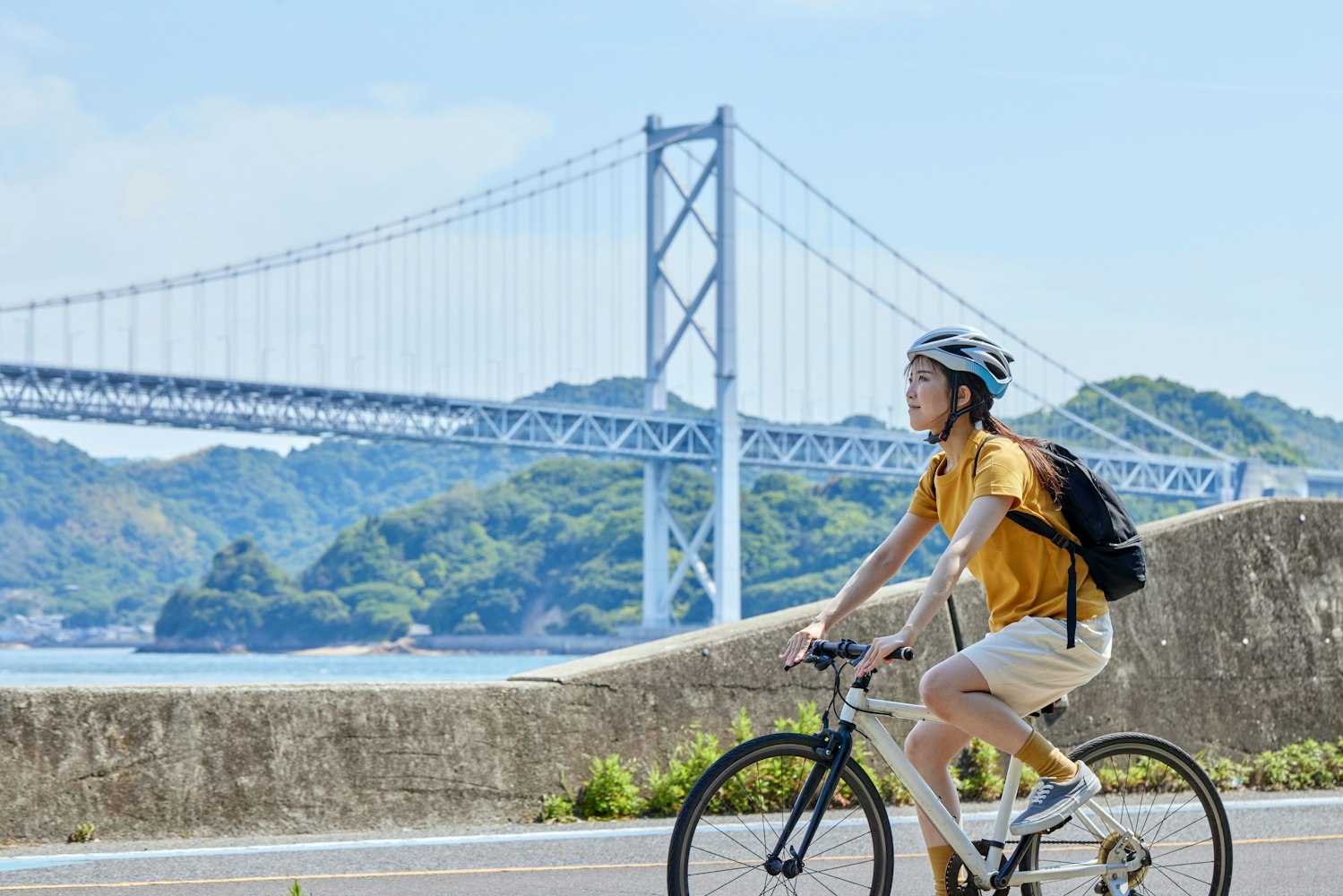
Standard city bikes work perfectly for the route's gentle gradients. Electric-assist bikes (e-bikes) are popular among beginners and those wanting to enjoy the scenery without worrying about physical exertion. Road bikes and mountain bikes are also available at select locations. City bikes feature upright riding positions, internal hub gears, and chain guards, prioritizing comfort over speed.
Most rental bikes come equipped with baskets, lights, and basic repair tools. Helmets are provided free of charge and strongly recommended. E-bikes feature Panasonic or Yamaha drive systems with 50-80 kilometer range, depending on assistance level and terrain. Road bikes cater to experienced cyclists seeking performance, featuring drop handlebars and multiple gear ratios for efficient climbing and cruising.
The dedicated cycling paths are well-marked with blue lines and cycling symbols. Always stay in designated bike lanes and follow Japanese traffic rules, including riding on the left side. Bridge sections have specific cycling areas separated from vehicle traffic.
Wear bright clothing for visibility, especially on bridges where wind conditions can be challenging. Always use the provided helmet and consider additional safety gear like reflective vests.
The route features excellent English signage with distance markers every few kilometers. Download offline maps or use cycling apps like Strava or Google Maps with offline capabilities. The official Shimanami Kaido cycling map, available at rental stations, provides essential information about rest stops, viewpoints, and facilities.
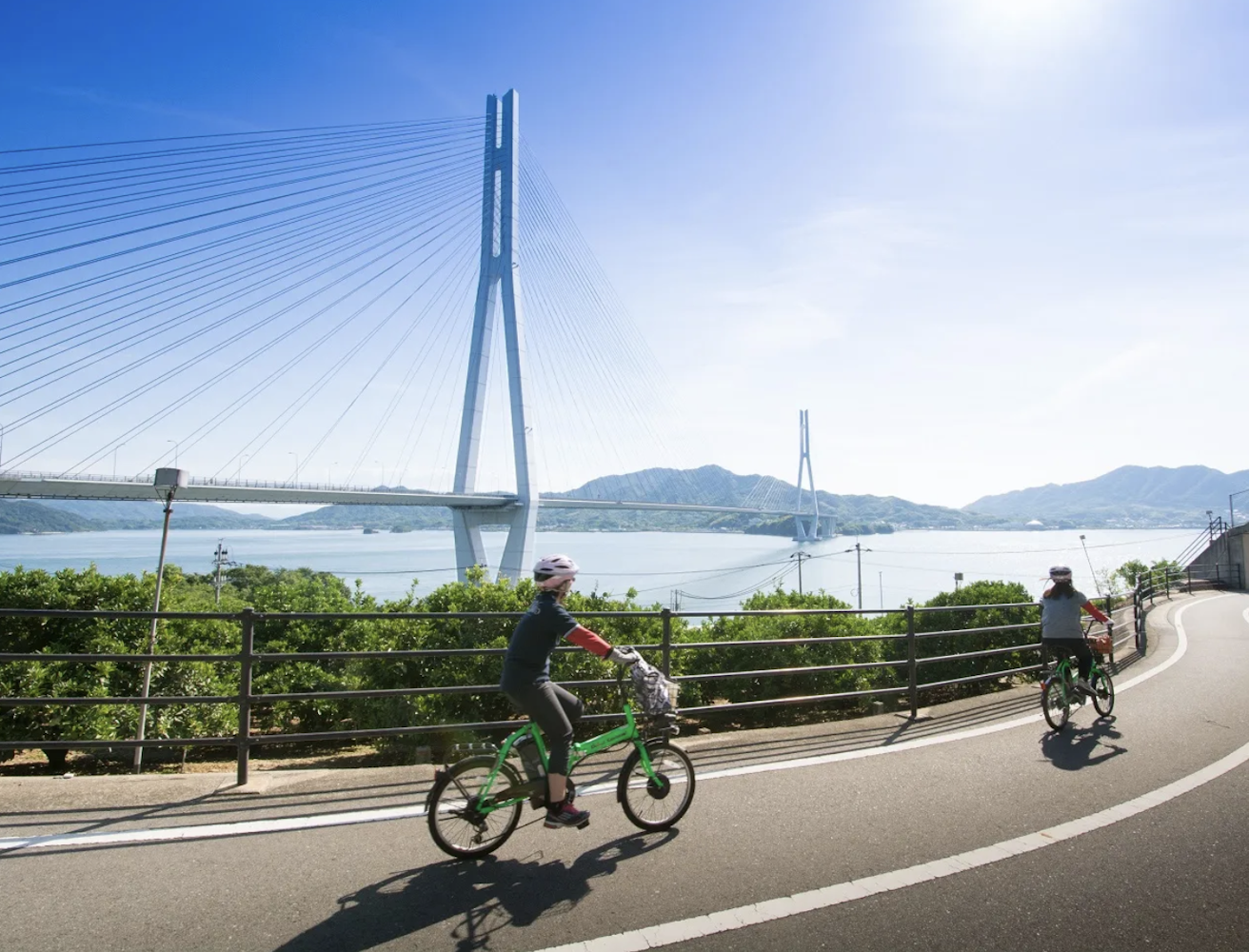
While the route is beginner-friendly, basic fitness preparation helps ensure an enjoyable experience. The bridges involve gradual climbs, with the steepest sections requiring only moderate effort. Practice cycling 20-30 kilometers before your trip to build confidence and endurance. Focus on developing a comfortable pedaling rhythm and basic bike handling skills rather than intensive fitness training.
Take regular breaks at designated rest areas and don't rush. The journey's beauty lies in the leisurely pace and scenic stops along the way. Hydration becomes crucial, particularly during warmer months, with recommended water intake of 150-200ml every 15-20 minutes during active cycling. Electrolyte replacement drinks are available at convenience stores and vending machines throughout the route.
Before departing, explore Onomichi's famous temple walk and narrow streets featured in numerous Japanese films. The Onomichi Museum of Art and local ramen shops provide cultural context for your cycling adventure. The historic temple district, accessible via stone steps winding up the hillside, offers panoramic views of the Seto Inland Sea and serves as an excellent warm-up walk before cycling.
Innoshima: Visit Innoshima Suigun Castle for historical insights and panoramic views. The island's citrus farms offer fresh fruit stops.
Ikuchijima: Known for art installations and the beautiful Kosanji Temple complex. The island produces some of Japan's finest citrus fruits.
Omishima: Home to Oyamazumi Shrine, one of Japan's most important Shinto shrines, housing an impressive collection of samurai armor and weapons.
Hakatajima and Oshima: Quieter islands perfect for peaceful cycling and authentic local experiences.
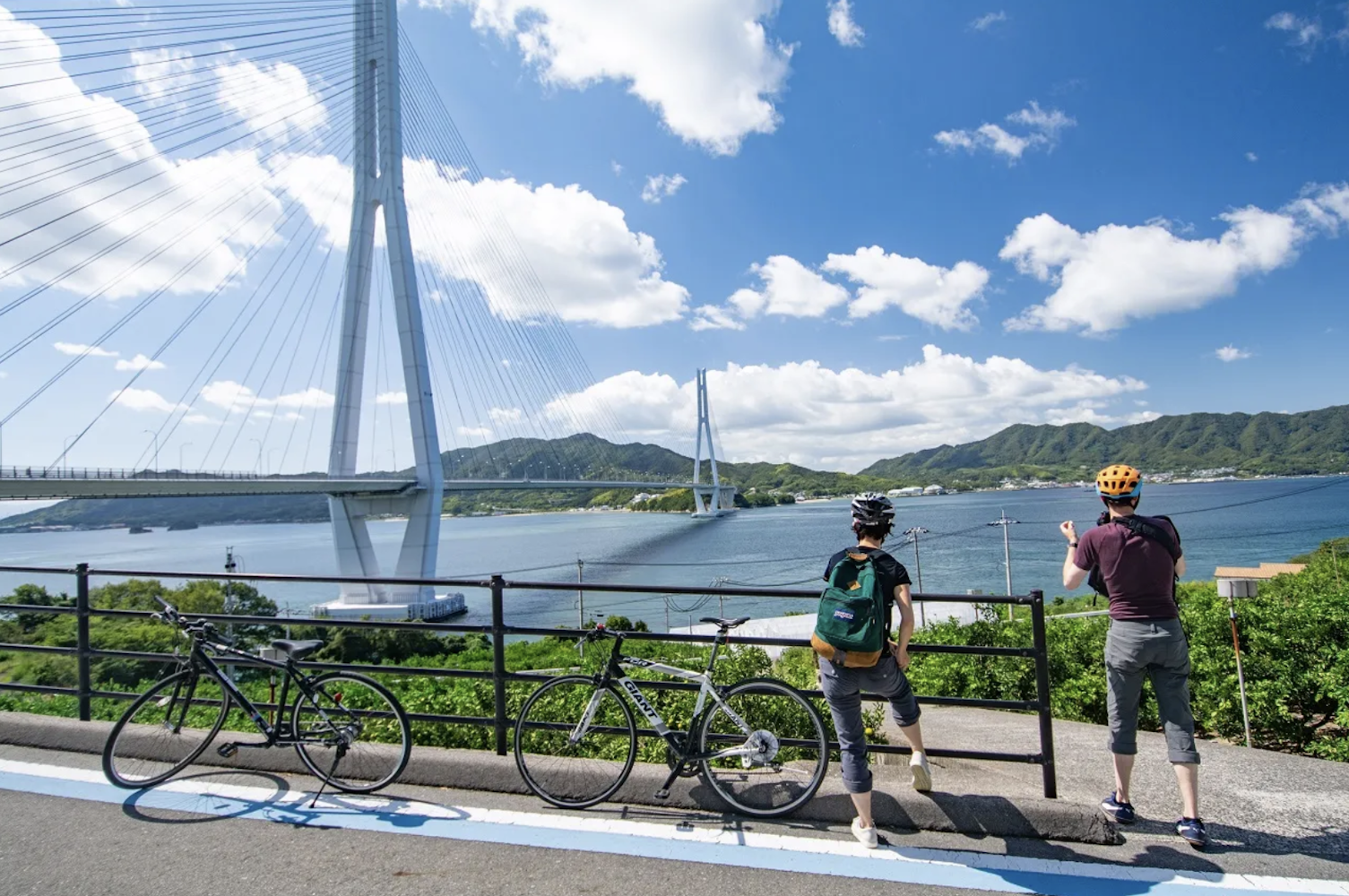
The Kurushima Kaikyo Bridge offers the most spectacular views, especially from the observation areas. Tatara Bridge provides excellent photo opportunities with its cable-stayed design. Each bridge has designated stopping points for safe photography.
Sunset views from any bridge are particularly memorable, though plan your timing carefully to avoid cycling in darkness.
Many cyclists complete the route in one day, returning to Onomichi or Hiroshima by evening. However, multi-day options allow for deeper island exploration and a more relaxed pace.
Each island offers accommodation ranging from traditional ryokan to modern hotels and guesthouses. Innoshima and Ikuchijima have the most options, while smaller islands offer unique local stays. Traditional ryokan provide authentic Japanese hospitality with tatami rooms, futon bedding, and often include elaborate kaiseki dinner and breakfast service featuring local seafood and produce.
Book accommodations in advance, especially during peak seasons. Many establishments cater specifically to cyclists, offering bike storage, early breakfast, and route advice. Cyclist-friendly amenities include secure indoor bike parking, laundry facilities, early morning meal service, and detailed local route recommendations. Some accommodations provide bike maintenance tools and air pumps for minor adjustments.
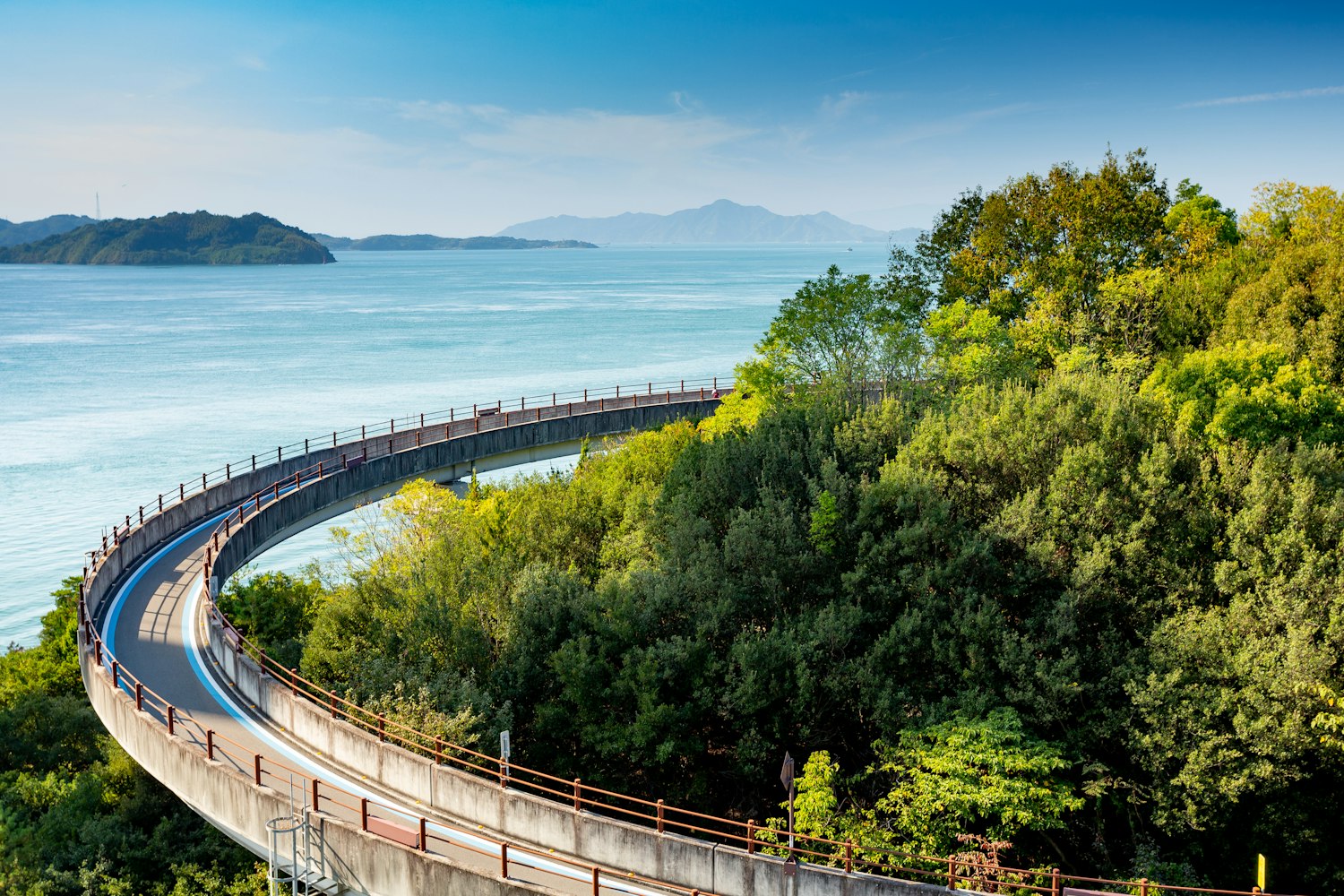
From Tokyo: Take the shinkansen to Hiroshima, then local trains to Onomichi (total journey: 4-5 hours).
From Osaka: Direct trains to Onomichi take approximately 3 hours.
From Hiroshima: Local trains reach Onomichi in 1.5 hours. The JR Pass covers all necessary train segments, making it cost-effective for international visitors planning broader Japan travel.
Direct highway bus services connect Tokyo, Osaka, and Kyoto to Onomichi, offering overnight travel options with sleeping accommodations. These buses arrive early morning, perfect timing for cycling departure. Hiroshima Airport provides the closest international access, with bus connections to Hiroshima Station and onward train connections to Onomichi.
Imabari is accessible via Matsuyama Airport or by train from major cities. From Tokyo or Osaka, the route typically involves connections through Okayama or Hiroshima. Matsuyama Airport, located on Shikoku Island, provides the most direct access to Imabari with bus connections taking approximately 45 minutes.
Train access requires crossing to Shikoku via the Seto Ohashi Bridge or ferry connections. The JR Yosan Line connects Okayama to Imabari via Takamatsu, taking approximately 3-4 hours with transfers. Express bus services operate from major mainland cities, including overnight routes from Tokyo and Osaka.

A typical one-day cycling trip costs 5,000-10,000 yen per person, including:
Bike rental: 1,000-3,000 yen
Bridge tolls for cyclists: 500 yen total
Meals and refreshments: 2,000-4,000 yen
Transportation: Variable based on starting location
Money-Saving Tips for Budget Cyclists
Bring your own bike to save rental fees (check transportation requirements). Pack lunch and snacks to reduce food costs. Consider camping options on islands that allow it. Group rentals sometimes offer discounts at participating shops.
The Shimanami Kaido offers an unparalleled cycling experience combining natural beauty, cultural discovery, and physical achievement. With proper planning, appropriate expectations, and basic preparation, beginners can successfully complete this iconic route and create lasting memories.
Remember to respect local communities, follow safety guidelines, and take time to appreciate the journey as much as the destination. The Shimanami Kaido isn't just a cycling route – it's a gateway to experiencing Japan's natural beauty and hospitality from a unique and memorable perspective.
